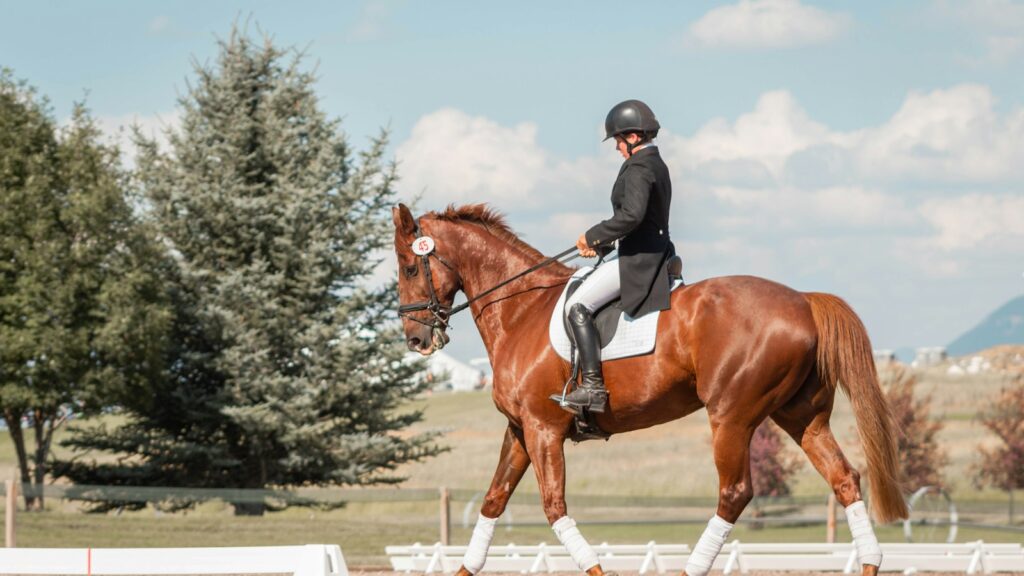In the rhythmic routine of equestrian life, barn chores are as fundamental as riding itself. Yet many equestrians, from novices to seasoned riders, often overlook critical aspects of stable management or develop habits that can compromise their horse’s wellbeing, the barn’s functionality, and even their own safety. While we focus intensely on perfecting our posting trot or flying lead changes, we sometimes neglect the foundation of horsemanship: proper barn management. These seemingly mundane tasks – from mucking stalls to managing feed – require specific knowledge and attention to detail. By identifying and correcting common mistakes, riders can create a safer, more efficient environment that supports equine health and enhances the overall riding experience.
Inconsistent Stall Cleaning
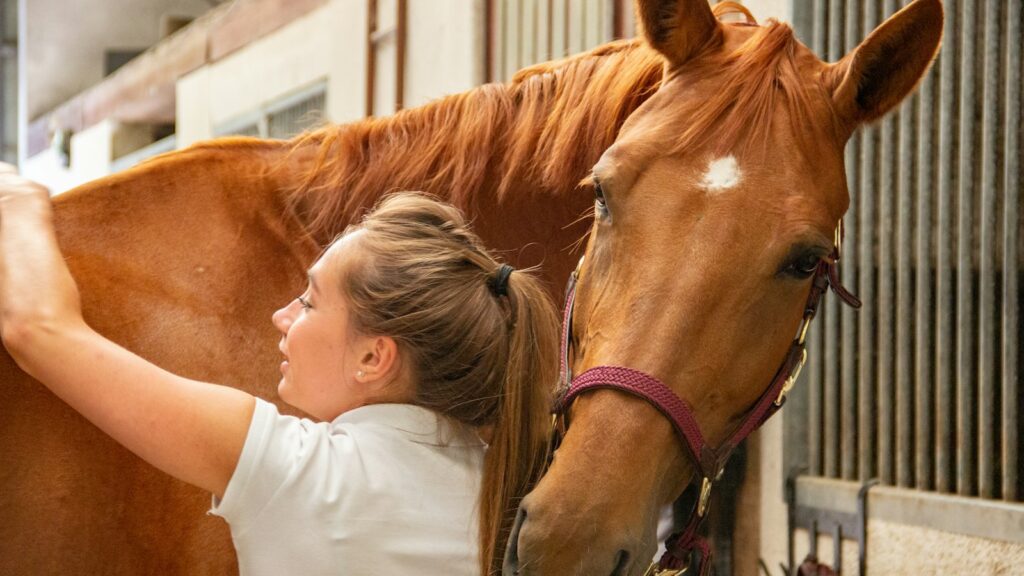
One of the most prevalent errors riders make is irregular or incomplete stall cleaning, which can lead to respiratory issues and hoof problems for horses. Many riders remove obvious manure but fail to dig deep enough to find wet spots beneath the surface bedding, creating ammonia buildup that damages equine lungs over time. Some adopt an “every other day” approach to thorough cleaning, not realizing that horses standing in soiled bedding are more susceptible to thrush and other bacterial infections. Additionally, inconsistent cleaning schedules can disrupt a horse’s routine and cause unnecessary stress, as horses thrive on predictability in their environment. Proper stall maintenance requires daily thorough cleaning, including removal of all manure, urine-soaked bedding, and regular addition of fresh bedding – a commitment that cannot be compromised without consequences.
Improper Feed Storage
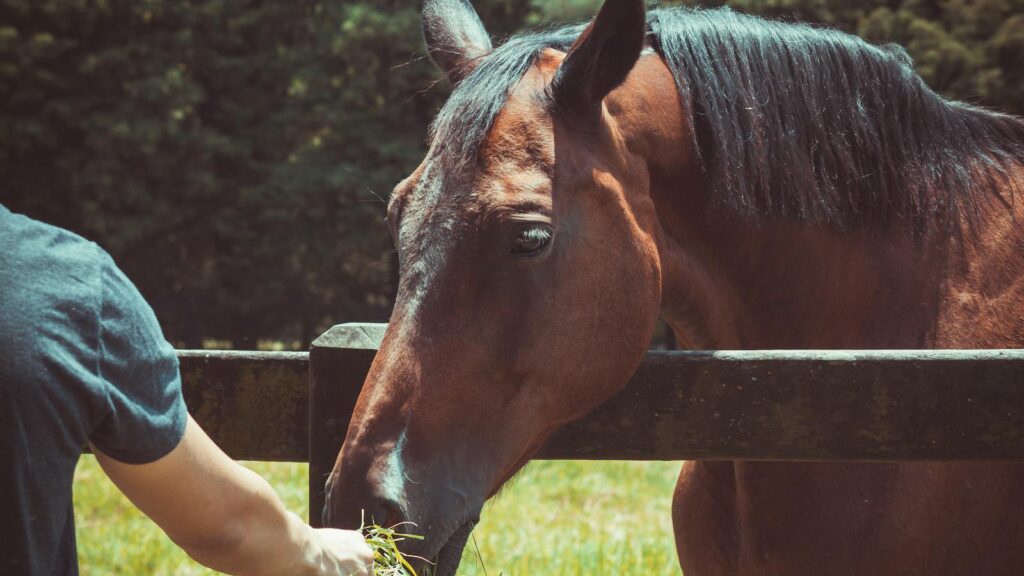
Feed storage errors can compromise nutrition and potentially harm horses, yet they remain surprisingly common in many barns. Many riders store grain in unsealed containers, exposing it to moisture and pests that can introduce harmful bacteria or mold. Others stack hay directly on concrete floors, which draws moisture upward into the bales and promotes mold growth that can cause respiratory issues or colic when ingested. Some riders also fail to rotate their feed stock, using newer purchases before older ones, which can result in feed exceeding its shelf life and losing nutritional value. Proper feed storage requires elevated platforms for hay, airtight containers for grain, regular inventory rotation, and consistent monitoring for signs of degradation or contamination.
Neglecting Water Trough Cleaning
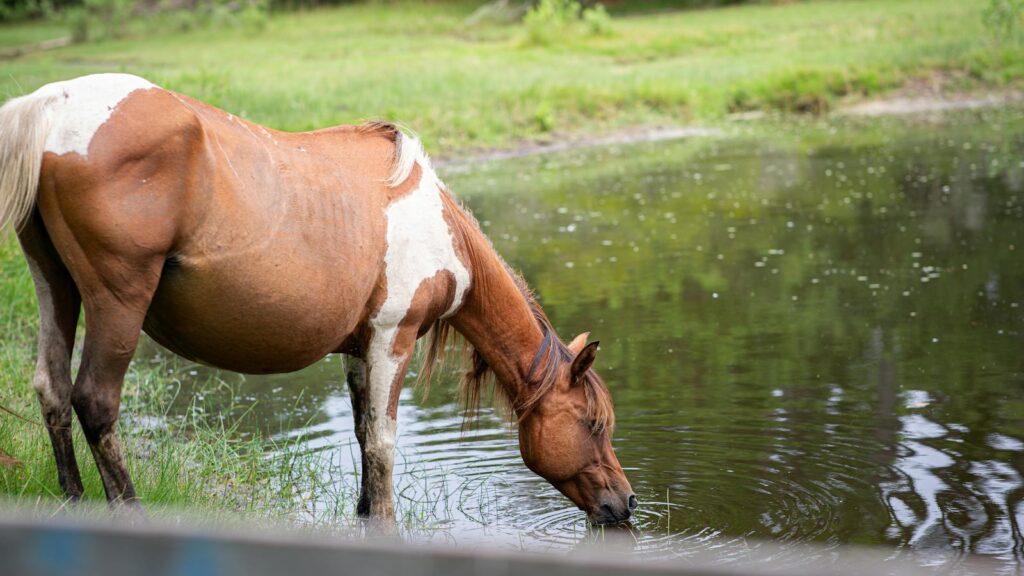
Clean water is essential for equine health, yet water trough maintenance is frequently overlooked in barn chore routines. Many riders simply top off water containers without regularly emptying and scrubbing them, allowing algae and bacteria to flourish in the residual water. Some mistakenly believe that horses don’t mind slightly dirty water, not realizing that contaminated water can lead to decreased consumption and potential dehydration issues. Winter brings additional challenges, with some riders failing to break ice formations regularly enough or relying on faulty heating elements that could pose electrical hazards. Proper water maintenance requires complete emptying and scrubbing of all containers at least weekly, daily inspection for cleanliness, prompt removal of hay or feed that may fall into water sources, and season-appropriate measures to ensure constant access to fresh, unfrozen water.
Haphazard Tool Organization

Scattered tools and equipment pose safety hazards and waste valuable time that could be spent with horses. Riders often leave forks, brooms, and other implements leaning against walls or lying on the ground, creating trip hazards and potentially causing injury to curious horses. Many barns lack designated storage systems, resulting in a chaotic environment where necessary items can’t be quickly located during emergencies. Some equestrians borrow tools without returning them, disrupting the workflow for other barn users and causing unnecessary friction in shared facilities. Effective tool management requires wall-mounted racks, labeled storage areas, consistent return protocols after use, and regular inventory checks to ensure all necessary equipment remains in good working condition and readily accessible.
Improper Manure Management
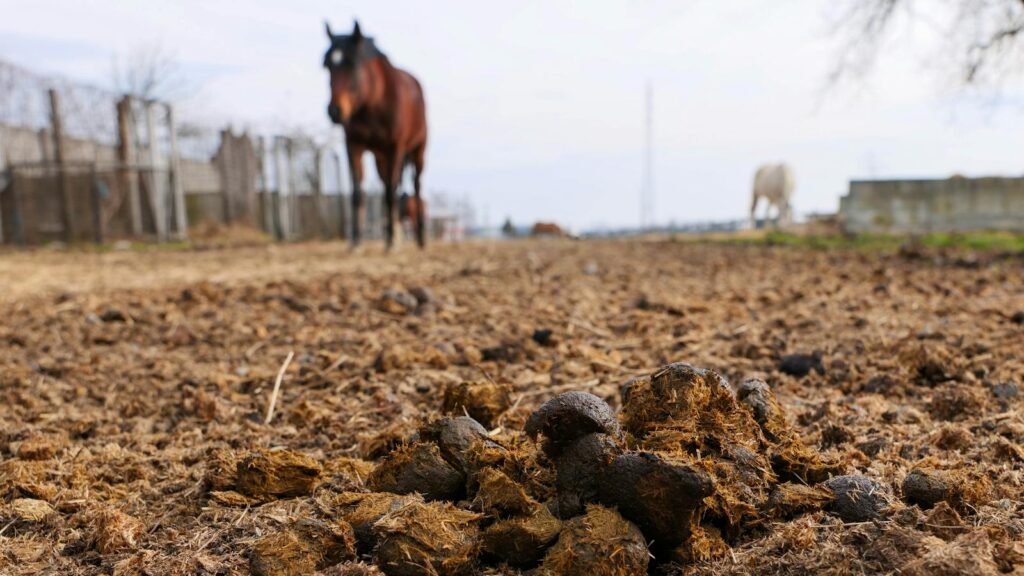
Manure pile mismanagement is a significant oversight that affects barn hygiene, pasture health, and environmental responsibility. Many riders deposit manure too close to the barn, attracting flies and potentially contaminating water sources during heavy rainfall. Some allow manure piles to grow unwieldy without proper composting techniques, missing the opportunity to create valuable fertilizer while reducing waste volume. Others spread fresh, uncomposted manure on pastures, which can spread parasite eggs and potentially cause rejection of grazing areas by horses. Responsible manure management requires locating storage areas downwind and away from water sources, implementing proper composting protocols, regular removal or spreading of properly aged material, and consideration of environmental impact beyond the immediate barn area.
Skipping Aisle Sweeping
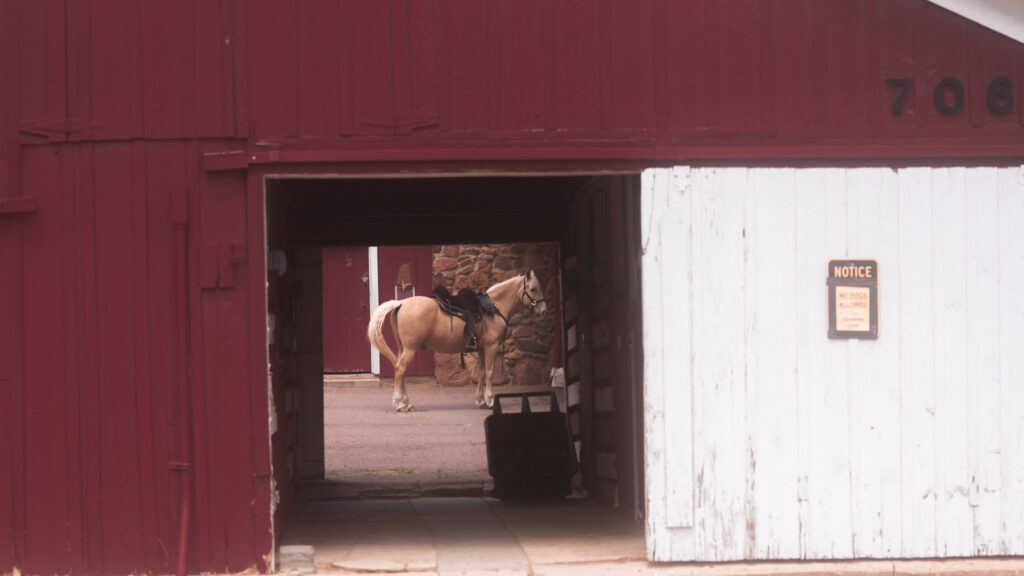
Neglecting regular aisle maintenance creates both safety and health concerns that many riders underestimate. Dust and debris accumulation in barn aisles contributes to poor air quality, potentially exacerbating respiratory conditions in both horses and humans. Scattered hay, grain, and bedding not only appears untidy but attracts rodents that can damage facilities and contaminate feed supplies. Many riders fail to recognize that uneven footing created by debris can cause horses to stumble during handling, potentially resulting in handler injuries or teaching horses to rush through barn areas. Proper aisle maintenance requires sweeping at least daily, immediate cleanup of spills or scattered materials, and regular assessment of flooring conditions to address any developing hazards before they cause accidents.
Overlooking Blanket Maintenance
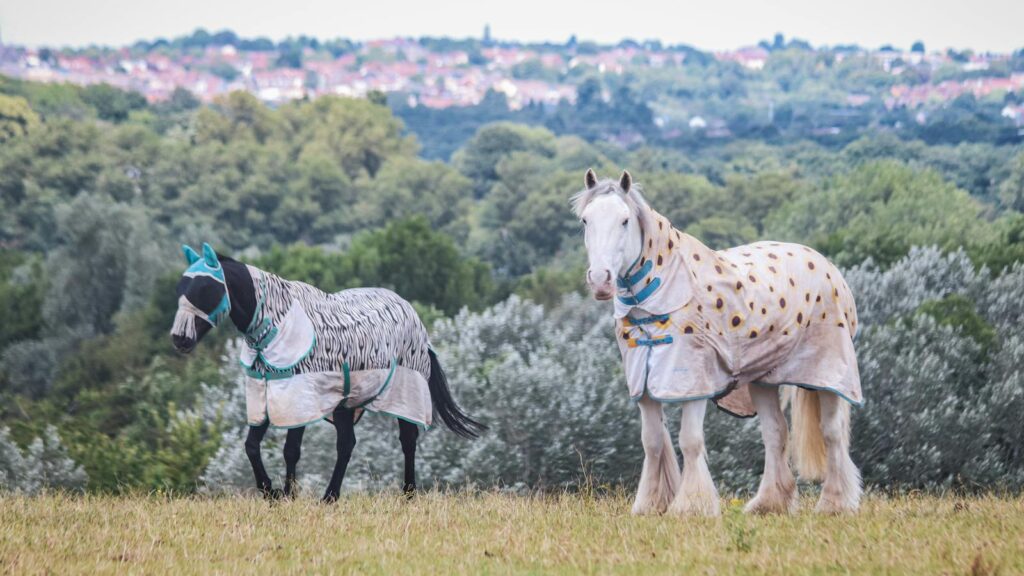
Horse blanket care is frequently mishandled, compromising both the garment’s longevity and the horse’s comfort. Many riders continue using torn or damaged blankets that can catch on protruding objects, potentially causing panic or injury to the horse. Some fail to clean blankets regularly, allowing skin-irritating dirt and sweat to accumulate or waterproofing to degrade, which defeats the protective purpose of the garment. Another common error is improper storage during off-seasons, with blankets crammed into tight spaces or left vulnerable to moisture and pests, leading to mildew growth or material degradation. Responsible blanket care includes regular inspection for damage, appropriate cleaning according to manufacturer specifications, proper drying before storage, and maintaining a system for organizing blankets by weight and purpose to ensure the right protection is readily available as weather conditions change.
Ignoring Fence Checks
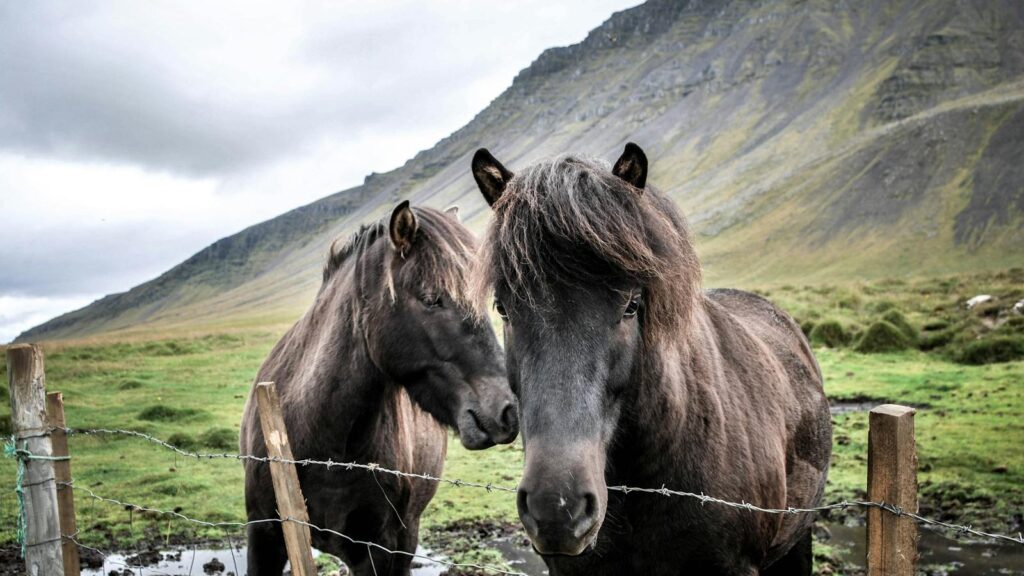
Regular fence maintenance is a crucial safety precaution that many riders perform inadequately or neglect entirely. Some equestrians only inspect fencing after noticing a problem, missing early signs of wear or damage that could be repaired before becoming hazardous. Many fail to check fence tension regularly, allowing sagging areas that might entice horses to test boundaries or create entanglement risks. Weather events like storms or freeze-thaw cycles can compromise fence integrity overnight, yet many riders don’t incorporate post-weather inspections into their routine. Proper fence maintenance requires walking the entire perimeter at least weekly, checking for protruding nails or wire, testing post stability, clearing vegetation that might damage fencing or hide defects, and maintaining a repair kit for immediate attention to minor issues before they become major escape routes or injury hazards.
Poor Feed Measurement
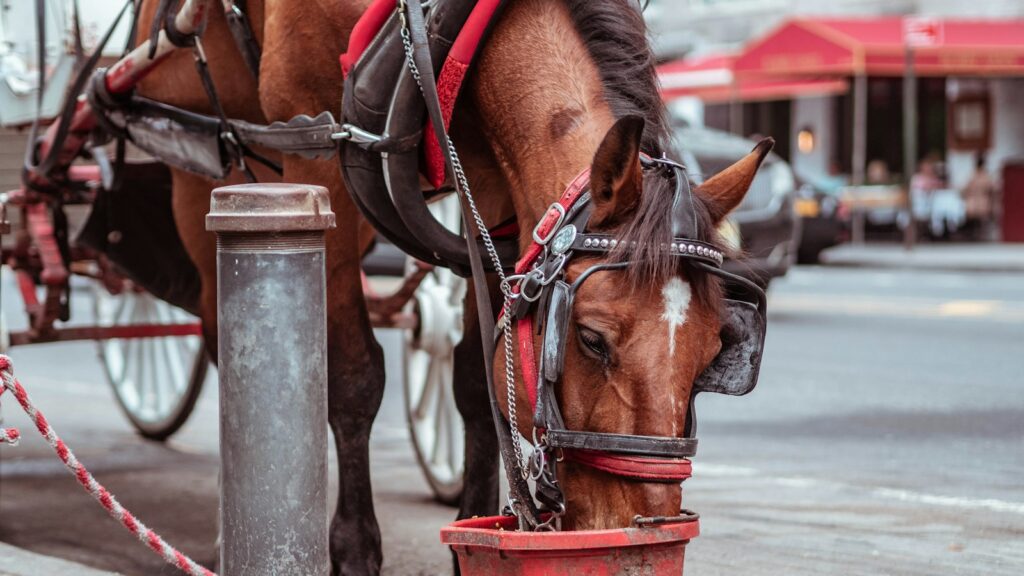
Inaccurate feed measurement is a surprisingly common barn chore error with potentially serious health implications for horses. Many riders rely on coffee cans, scoops, or visual estimation rather than using scales, not realizing that density variations between feed types can lead to significant over or underfeeding. Some adjust portions based on subjective assessment of a horse’s appearance without consulting with veterinarians or nutritionists about appropriate dietary changes. Another common mistake is inconsistent measurement between different caretakers at the same facility, creating digestive disruptions when horses receive varying amounts depending on who feeds them. Proper feed management requires using scales for precise measurement, written feeding charts visible to all caretakers, gradual implementation of any necessary adjustments, and regular consultation with equine nutrition professionals to ensure dietary needs are being met appropriately for each horse’s activity level, age, and health status.
Neglecting Grooming Tool Cleaning
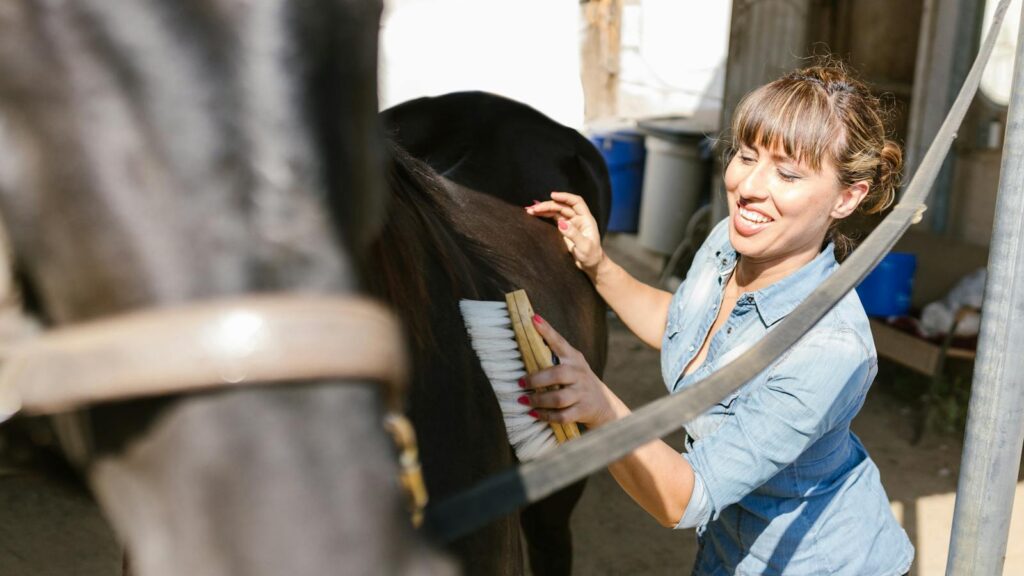
Dirty grooming tools can spread skin conditions between horses, yet many riders rarely if ever sanitize their equipment. Brushes collect dead skin cells, fungal spores, and bacteria that can transfer from horse to horse when tools are shared without proper cleaning. Some riders keep grooming kits in uncovered containers in dusty areas, allowing environmental contamination to accumulate on tool surfaces even when not in use. Many overlook the importance of separate tools for horses with known skin conditions, unintentionally spreading issues throughout the barn. Proper grooming kit maintenance includes weekly washing of brushes and curry combs with appropriate disinfectants, complete drying before storage, keeping tools in closed containers to prevent dust accumulation, and either maintaining separate kits for each horse or implementing a sanitation protocol between uses on different animals.
Improper Tack Room Organization
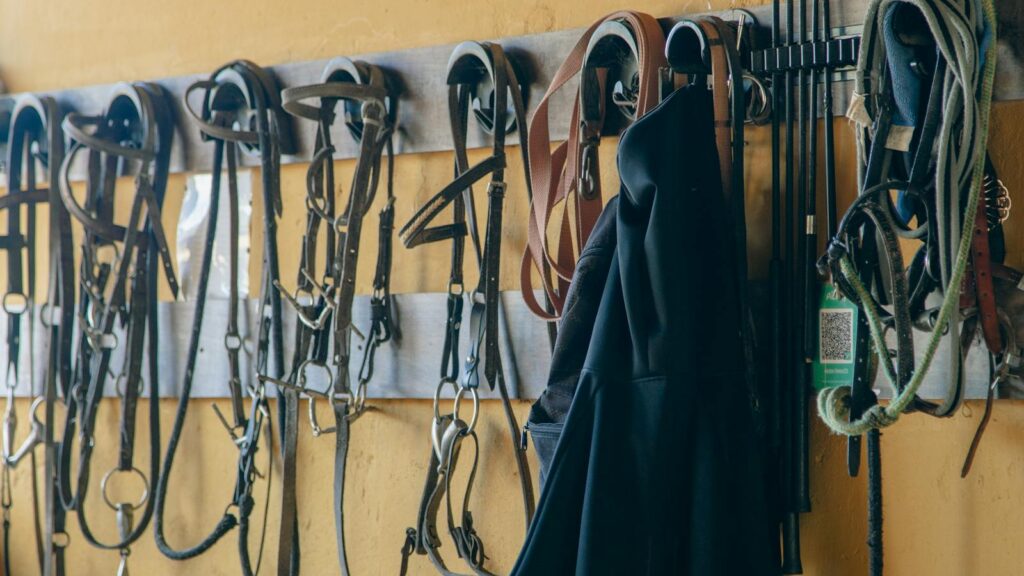
Disorganized tack rooms create inefficiency and can compromise equipment longevity in ways many riders don’t anticipate. Saddles placed improperly on racks can lose their shape over time, potentially causing fitting issues and back pain for horses. Many riders hang bridles with bits still attached, which can stretch leather components and create pressure points that weaken the material. Some store leather items near direct heat sources or in humid areas without climate control, accelerating breakdown of natural materials and promoting mold growth. Proper tack organization requires appropriate racks that support saddle trees correctly, hanging systems that distribute weight evenly for bridles and other equipment, climate considerations to protect leather quality, and logical arrangement that keeps frequently used items accessible while protecting valuable equipment from damage.
Underestimating the Importance of Record Keeping
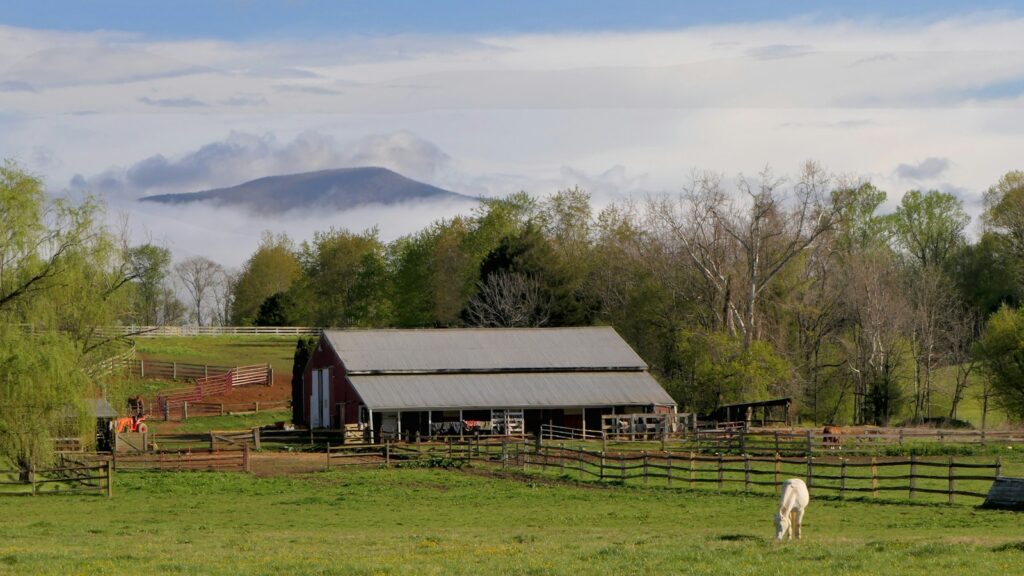
Maintaining barn records is a chore many riders consider tedious and consequently neglect, creating potential health and management complications. Many fail to document minor health observations that, when viewed collectively, might reveal emerging patterns requiring veterinary attention. Some riders rely on memory rather than written records for deworming and vaccination schedules, risking missed treatments or unnecessary duplications that could compromise horse health. Feed inventory management suffers when consumption isn’t tracked, leading to last-minute emergency purchases that might introduce sudden dietary changes. Proper barn record keeping requires maintaining updated health records, tracking supply usage to anticipate ordering needs, documenting unusual behaviors or conditions for veterinary reference, and keeping organized maintenance logs that ensure critical facility upkeep isn’t overlooked during busy periods.
conclusion
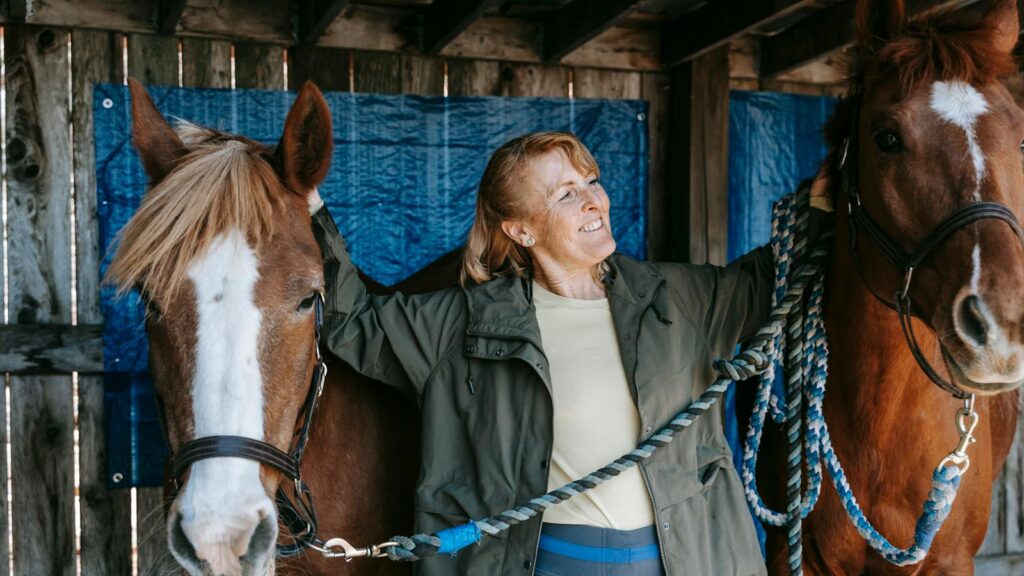
The seemingly mundane tasks of barn management form the foundation of responsible horsemanship, directly impacting equine health, safety, and the quality of the riding experience. By acknowledging and correcting these common barn chore errors, riders demonstrate true dedication to their horses’ wellbeing beyond the visible aspects of riding and training. Implementing proper protocols for stall cleaning, feed management, facility maintenance, and organization creates an environment where both horses and humans can thrive. The mark of a true horseperson isn’t just skill in the saddle, but commitment to excellence in every aspect of equine care—starting with getting the barn chores right. By elevating these routine tasks from obligations to integral components of horsemanship, riders develop a more holistic relationship with their equine partners and contribute to a safer, healthier barn culture for all.

